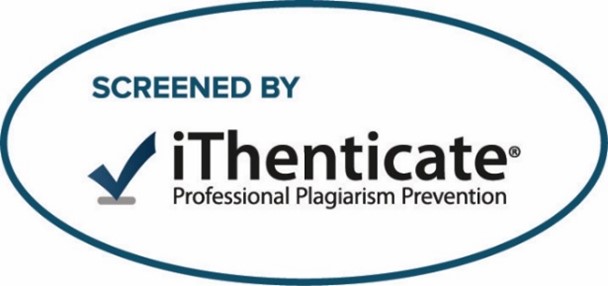Document Type
Review
Abstract
Bone defects remain a challenge for orthopedic treatment. At present, there are various treatment methods by drugs and by using many bone graft. Bone graft and bone transport have emerged as the primary clinical strategy for treating the disorder of the bones. New concepts and approaches for treating bone abnormalities have emerged recently as a result of a quick development of scaffold materials and bone tissues engineering (BTE).Because of its high biocompatibility and resemblance to the natural apatite found in human bone, hydroxyapatite has been the most extensively utilized substance in the biomedical area, but hydroxyapatite (HA) still has several shortcomings regarding to its mechanical qualities and bacterial contamination due to adhesion of bacteria to the scaffold surface. These hydroxyapatite problems are considered as impediment of traumatology and orthopedics that inhibit both antimicrobial action and bone repair. By adding trace elements to the hydroxyapatite material; this changing the material's characteristics, and eventually maintaining bone growth without scaffold failure, these shortcomings can be mitigated.
Keywords
Hydroxyapatite, Bone scaffold, Zinc containing hydroxyapatite
How to Cite This Article
Ramadan, Asmaa A.; Motawea, Inas T.; and Eltayeb, Heba E.
(2024)
"Bioactivity and Antibacterial Effect of Zinc Doped Hydroxyapatite as Bone Scaffold,"
Al-Azhar Journal of Dentistry: Vol. 12:
Iss.
1, Article 3.
DOI: https://doi.org/10.58675/2974-4164.1653
Subject Area
Restorative Dentistry Issue (Removable Prosthodontics, Fixed Prosthodontics, Endodontics, Dental Biomaterials, Operative Dentistry)








